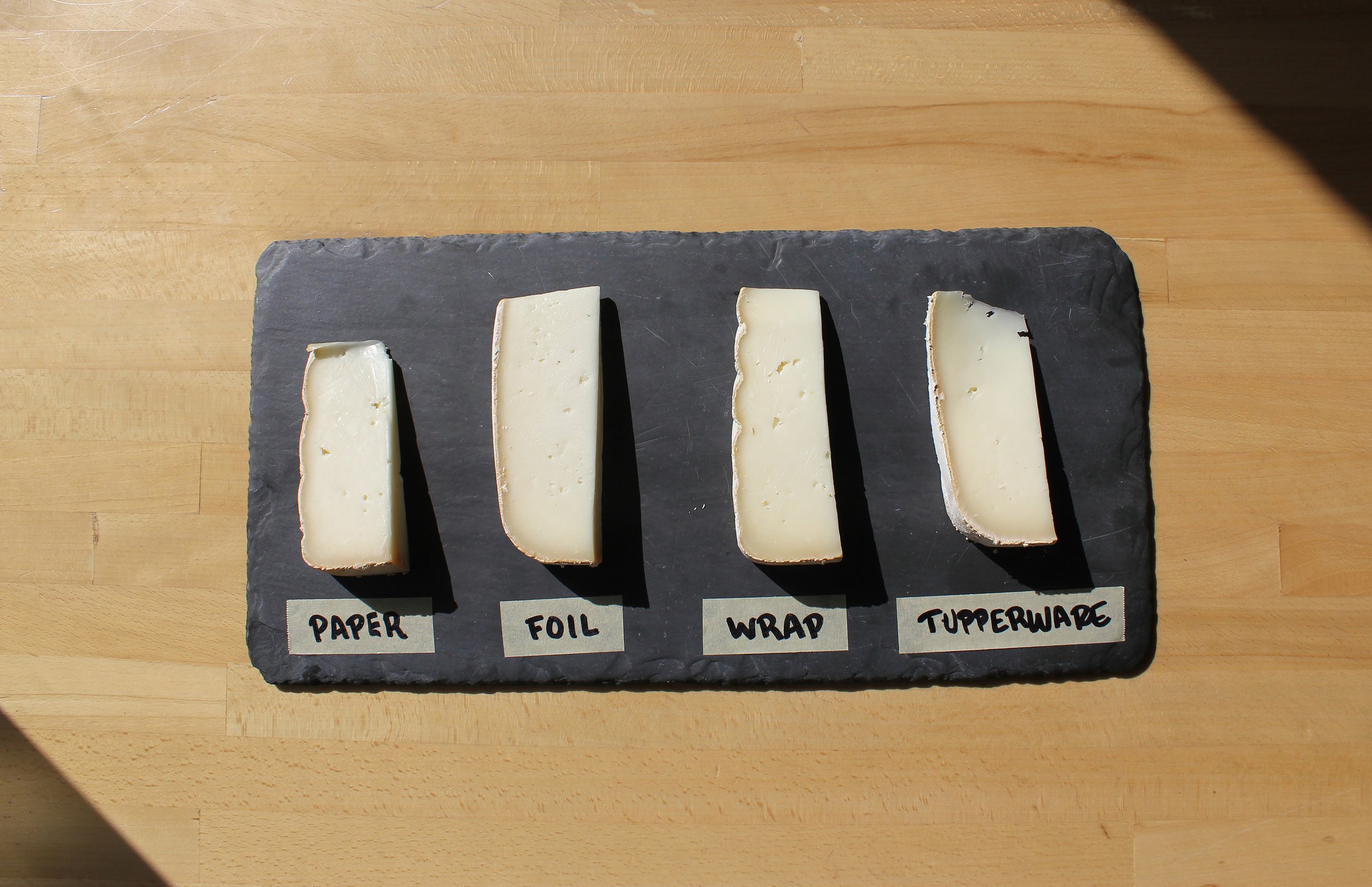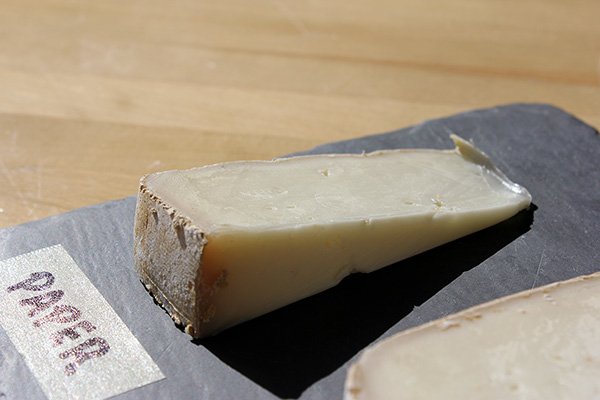Our cheese counter never sees more action than in the days approaching Thanksgiving and Christmas. There's always something invigorating about being in the cozy, bustling shop on those days—you might find a new favorite cheese, you might run into a neighborhood friend—you’ll definitely get elbowed by someone on their way to snatch the last Rush Creek Reserve. Ahh, the holidays. It’s a magical time.
We’ve put together a few simple tips and tricks to help you achieve the best possible shopping experience. The stakes always feel high this time of year, and we’re here to help.
Shop Early
Unless you're a truly chaotic spirit and just love last-minute shopping (and really, more power to you), we advise doing your holiday cheese shopping prior to the week of Christmas. We're already fully stocked with all the exciting holiday offerings--the options only stand to dwindle. Most soft cheeses have a shelf life of several weeks, if not months. A slice of hard cheese, stored properly, can last at least a couple weeks in the fridge. The pro move? Stop in on a weekday afternoon before the 17th for short wait times, optimum selection, and minimally-frazzled mongers.
Have a Game Plan
While we love to initiate new cheese devotees into the cult of dairy, it's always helpful when a customer comes in with a direction, especially during these busy periods. You don't have to know a ton about cheese to buy cheese like a pro. Some examples of great customer prompts:
"I love that cheese Midnight Moon—do you have anything like that?" YES.
"I'm allergic to cow's milk—can you help me find something firm and crunchy?" Sure can.
"I'm entertaining twelve on Saturday—adventurous crowd. Pick three cheeses for me." Love it.
"I like that cheese that you squeeze out of a can, do you have that?" Erm, maybe not this one.
The point is, as long as you know what you like, you don't need to know a lot else. That's why we mongers have jobs, after all.
Know your Options
If you're not the DIY type but still love entertaining, boy, do we have some options for you. We offer beautiful cheese and charcuterie trays on our catering menu, including the "Impromptu" board which serves just 4-6 and can be prepared with just a few hours' notice. We also have a fantastic holiday menu this year, featuring house-made delights like Foie Gras Torchon, Egg Nog Cake, and Sous Vide Prime Rib. If you'd prefer not to throw elbows in the shop, we have a host of products available for sale online. Don't see what you want? Email us, and I'm positive we can help you out. We offer curbside pickup, shipping, and local delivery for catering and gifts. We've got you!
Check back next week for a holiday gift guide (oooh, ahhh) featuring some of our favorite products!



